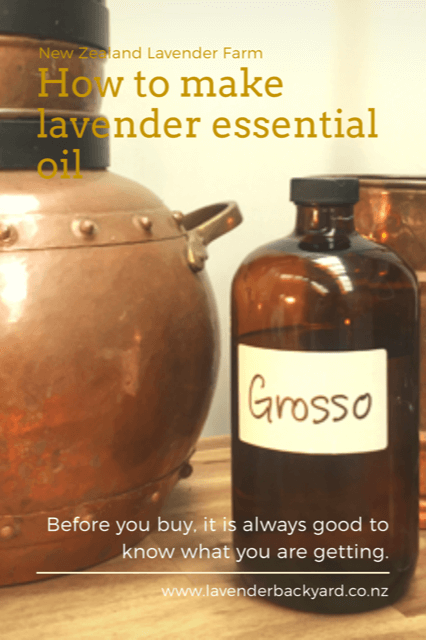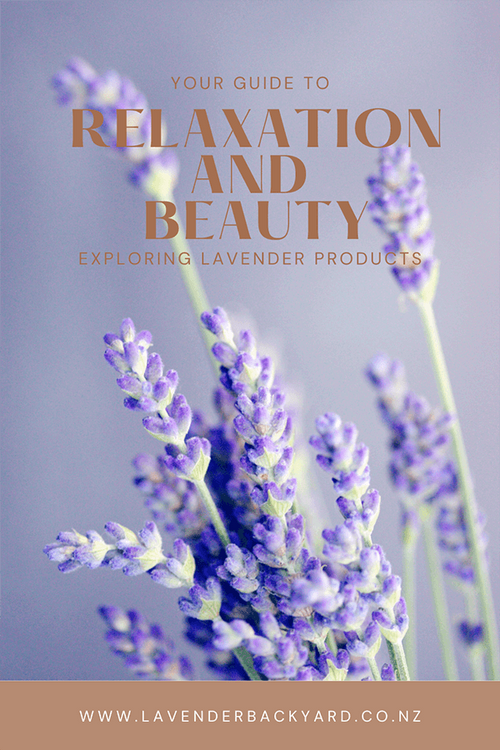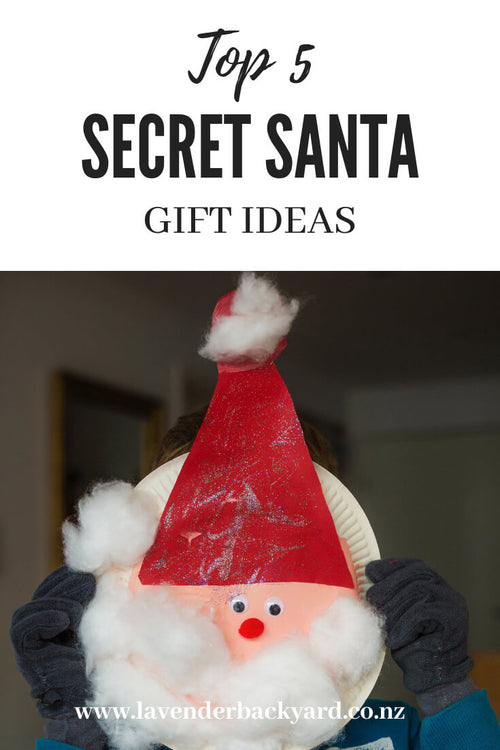Garden Ideas | Choosing the Best Lavender for Your Garden
Share

Why Lavender is a Must-Have for Every Garden
Who can resist the allure of lavender? With its charming foliage, captivating purple blooms, and soothing fragrance, lavender is a must-have for any garden. Not only does it add visual appeal, but its scent has long been associated with relaxation and wellness. With over 450 lavender varieties available, choosing the right one for your garden can be a fun yet challenging task.
Key Factors to Consider When Planting Lavender
1. Choose the Right Lavender Variety for Your Garden
Lavender comes in numerous varieties, each offering unique benefits. Two of the most popular types are French Lavender (Lavandin) and English Lavender. French lavender provides a mild fragrance and thrives in heat, while English lavender boasts a stronger scent and is more resistant to cold temperatures.
2. Hardiness and Climate Suitability
Before selecting your lavender, it’s important to ensure it’s suited to your climate. Some varieties tolerate heat better, while others are more suited to colder climates. Check the plant's hardiness zone to guarantee it will thrive in your region.
3. Ensure Plant Health
Look for healthy lavender plants with vibrant green leaves and strong stems. Avoid any plants showing signs of disease or pests, and steer clear of root-bound plants. A healthy lavender plant will be more likely to thrive in your garden.
4. Consider the Size of Your Lavender Plant
Lavender comes in varying sizes, from compact to sprawling. Select a variety that fits well within your garden’s space and complements your existing plants.
5. Soil Requirements for Lavender
Lavender thrives in well-drained, slightly alkaline soil. If your soil is heavy or too rich in nutrients, it can lead to excessive leaf growth, which may hinder blooming. Consider adding sand or lime to improve soil drainage and alkalinity.
6. Location and Sunlight
Lavender requires full sun to grow well. Choose a sunny spot in your garden, ideally with good air circulation. Avoid planting near walls that can cast shadows, as this can affect the plant's growth and appearance.
Lavender Blooming Season Guide
All Year Round
Lavandula Dentata (French Lavender)
- Size: 100 x 100cm
- Blooming Season: All year round
- Ideal for: Most New Zealand gardens

Spring to Summer
Major (Spanish Lavender)
- Size: 60 x 60cm
- Blooming Season: Early spring to late summer

Princess (Australian-bred Spanish Lavender)
- Size: 70 x 70cm
- Blooming Season: Spring to mid-summer

Pink Delight (Spanish Lavender)
- Size: 80 x 80cm
- Blooming Season: Spring to mid-summer

Summer Blooming
Lavandula Angustifolia (English Lavender)
- Size: 45 x 45cm
- Blooming Season: Early summer
- Special Notes: Grown for dried flowers and edible lavender at Lavender Backyard Garden

Lavandula x Intermedia (Lavandin)
-
Varieties:
- Grosso
- Super
- Size: 55 x 55cm (Grosso), 60 x 60cm (Super)
- Blooming Season: Mid to late summer
- Special Notes: Grown for essential oil distillation at Lavender Backyard Garden

English vs. French Lavender: What’s the Difference?
Understanding the differences between English and French lavender can help you decide which is best suited for your garden and needs.
1. Basic Plant Information
- English Lavender (Lavandula angustifolia): Known as true lavender, it grows in compact bushes with narrow leaves and shorter flower spikes. It’s prized for its high oil content and superior fragrance.
- French Lavender (Lavandula x intermedia, Lavandin): A hybrid of English lavender and spike lavender, French lavender is larger, with broader leaves and longer flower spikes. It’s grown extensively for perfume and essential oil production.
2. Scent Profile
- English Lavender: Offers a delicate, sweet floral fragrance with calming, herbaceous undertones.
- French Lavender (Lavandin): Has a stronger, more camphorous scent with herbal undertones, making it more intense than English lavender.
3. Growing Locations
- English Lavender: Best for smaller gardens, containers, and rock gardens, thriving in sunny locations with good air circulation.
- French Lavender (Lavandin): Ideal for larger gardens, borders, and landscaping projects, as it’s larger and more vigorous.
4. Flowering Period
- English Lavender: Blooms from late spring to early summer (November to December in New Zealand’s North Island).
- French Lavender (Lavandin): Blooms from mid-spring to late summer (December to February in New Zealand’s North Island).
5. Usage
- English Lavender: Used in potpourris, sachets, teas, and aromatherapy. Its oil is prized for its relaxing properties.
- French Lavender (Lavandin): Primarily cultivated for essential oil production, used in perfumes, sleep aids, household cleaners, and personal care products.
Lavender's Most Potent Scents
Lavandula x Intermedia (Lavandin) is known for its stronger aroma compared to Lavandula Angustifolia (English Lavender), thanks to its higher content of camphor and 1,8-Cineole. It’s a popular choice for essential oil distillation, which is why it's the primary variety we cultivate for creating premium lavender-based products.
Explore Our Lavender Products for Sleep Wellness
Harness the relaxing benefits of Lavandin with our premium range of sleep aid products. From luxurious pillow sprays to soothing essential oil blends, each item is carefully formulated to help you unwind, relax, and enjoy a restful night’s sleep.
100% Pure Lavender Essential Oil
Crafted with care from our New Zealand farm, our lavender essential oil is perfect for aromatherapy, skincare, and relaxation.


